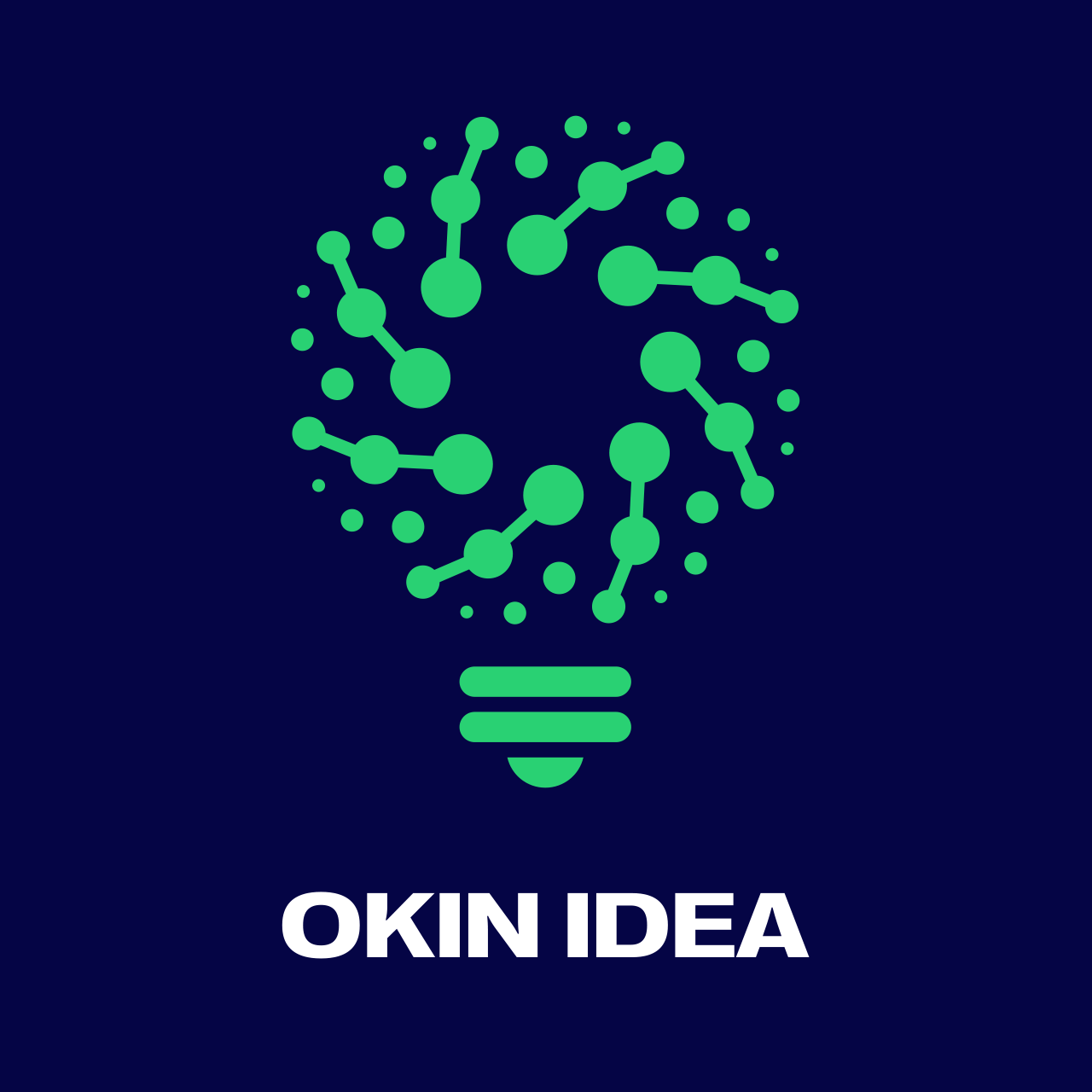
With this article, we are also launching a new mini-series called OKIN IDEA, which will give you an insight into technological, process and material innovations in the OKIN Facility.
Today's article will introduce us to the topic of COBOTIZATION. Let's start with a few questions. What is cobotization? Why are we talking about cobots and not robots? And will cobots and humans become partners or rivals? These and other questions were answered by our colleagues from the Innovation Department, Martin Polepil and Karel Gibiec.

With this article, we are also launching a new mini-series called OKIN IDEA, which will give you an insight into technological, process and material innovations in the OKIN Facility.
Why are we talking about cobots and not robots?
Cobots express collaboration between humans and technology, it's a collaborative robot. In fact, the name "cobot" was created from the combination of these two words. Cobot makes work easier for humans, but at the same time it cannot work without regular and daily human care. In contrast, we see robots as fully autonomous machines that can take care of themselves. As an example, if we deploy a robot at a client's place, it is enough if we come once a week to check/care for it, but otherwise it takes care of itself and its work. But the technology is not that far along yet, and robots need human participation. That's why we talk about cobots, which offer effective cooperation between man and machine.
Why is fully autonomous robotic cleaning still only a glimpse of the future?
The reason is simple. Although cobots can charge themselves, change their own water, etc., they still have a lot of moving parts to clean, and that's not realistically possible without human intervention yet.
The second perspective is the design of spaces and buildings that will need to be adapted for autonomous cleaning by robots. If the indoor spaces remain adapted to conventional cleaning (backpacks placed by desks, cables winding across the floor, types of chairs that the robot cannot go under, etc.), this is an issue. So these are design things that will have to change in the future if robots are going to be used fully. We have a long way to go before this becomes a reality, but it's very likely the only right way to use autonomous robots effectively.
1. Cleaning speed
2. Quality of cleaning
3. Consumption (water, chemicals, etc.)
Probably the best way to show the benefit is to use a real case study, where we tested different forms of cleaning in our headquarters of the size of approx. 500 m2. Our cleaning lady Irina participated in the testing, for which we thank her very much.
| CLEANING TYPE | DURATION | PRESSURE CLEANING | USE OF CHEMICALS | WATER CONSUMPTION |
|---|---|---|---|---|
| Cleaning lady Irina and hand mop | 2h 40m | no | yes | 25-30 liters |
| Cleaning lady Irina and iMop | 1h 36m | yes | no | up to 10 liters |
| Cobot only | 2h 32m | yes | no | Up to 5 liters |
The ideal is a combination of machine-assisted cleaning, where a person operates the machine plus cleans hard-to-reach areas. If the floors are cleaned regularly, the pressure of the brushes will make the floor unrecognisable in a short time, in a good way.
Of course, it is also possible to measure the PH value, cleanliness level and other parameters. Cobots have different types of brushes and the force of the pressure will always be higher than conventional manual cleaning. In addition, there is no need to use chemicals. Water is sufficient for cleaning, so we do not pollute the environment. It should be added that our cobots do not work with one tank, but with two. The dirty water is pumped into the second one.
So when is the right time to deploy a cobot?
We believe the right time is now. In the last 2-3 years, technology has advanced to the point where cobots are now sufficiently autonomous. In addition, the price of machines is falling, while the price of human labor is steadily rising. The machines are also very reliable, they deliver the same quality of cleaning, and at the same time we have the assurance they will "come to work" every day. Moreover, they do not need light or heat to work. Incidentally, this is why it is ideal to deploy cobots at night when the branch or factory is closed and there is no traffic.
At the moment, we are focusing mainly on simple and effective solutions. For example, in an office building, we supply one machine that cleans the garages overnight, the walkways in the morning and the least busy routes during the day. Of course, this is not possible without a person to clean the cobot, change the brushes and prepare it for the next task. That's why in cobotization we talk about direct human-robot cooperation.
Why should clients take cobots from OKIN Facility?
Because we look at cleaning as a comprehensive activity. We don't supply one robot of one brand, but we think about which robot to choose for a given surface/space to work most efficiently. It is probably not within the client's power to try about 15-20 robots of different brands to know exactly which one suits to them. That's what we are here for. We can provide a tailor made service or help the client choose the right "technology partner". Especially in industrial spaces, this is sometimes a challenge, but it is the area that we enjoy a lot.
Of course, all this is just the beginning. We are also interested in the efficient control of multiple robots from a single interface, or the use of cobots in reaction mode, i.e. in the "find pollution - send cobot" model. But more on that next time. Stay tuned.



